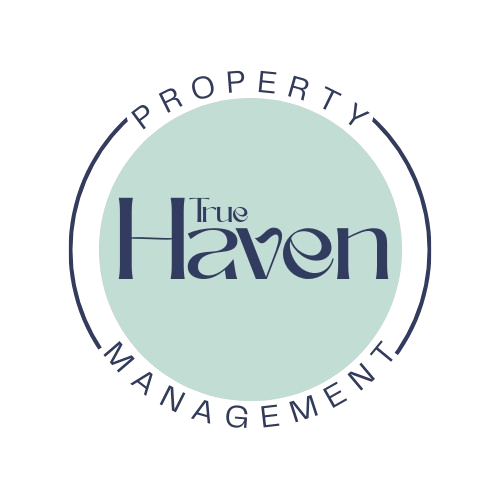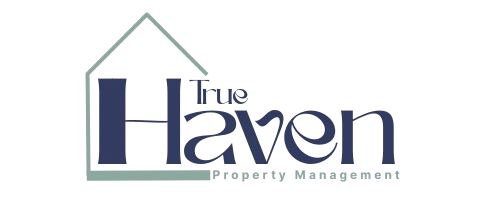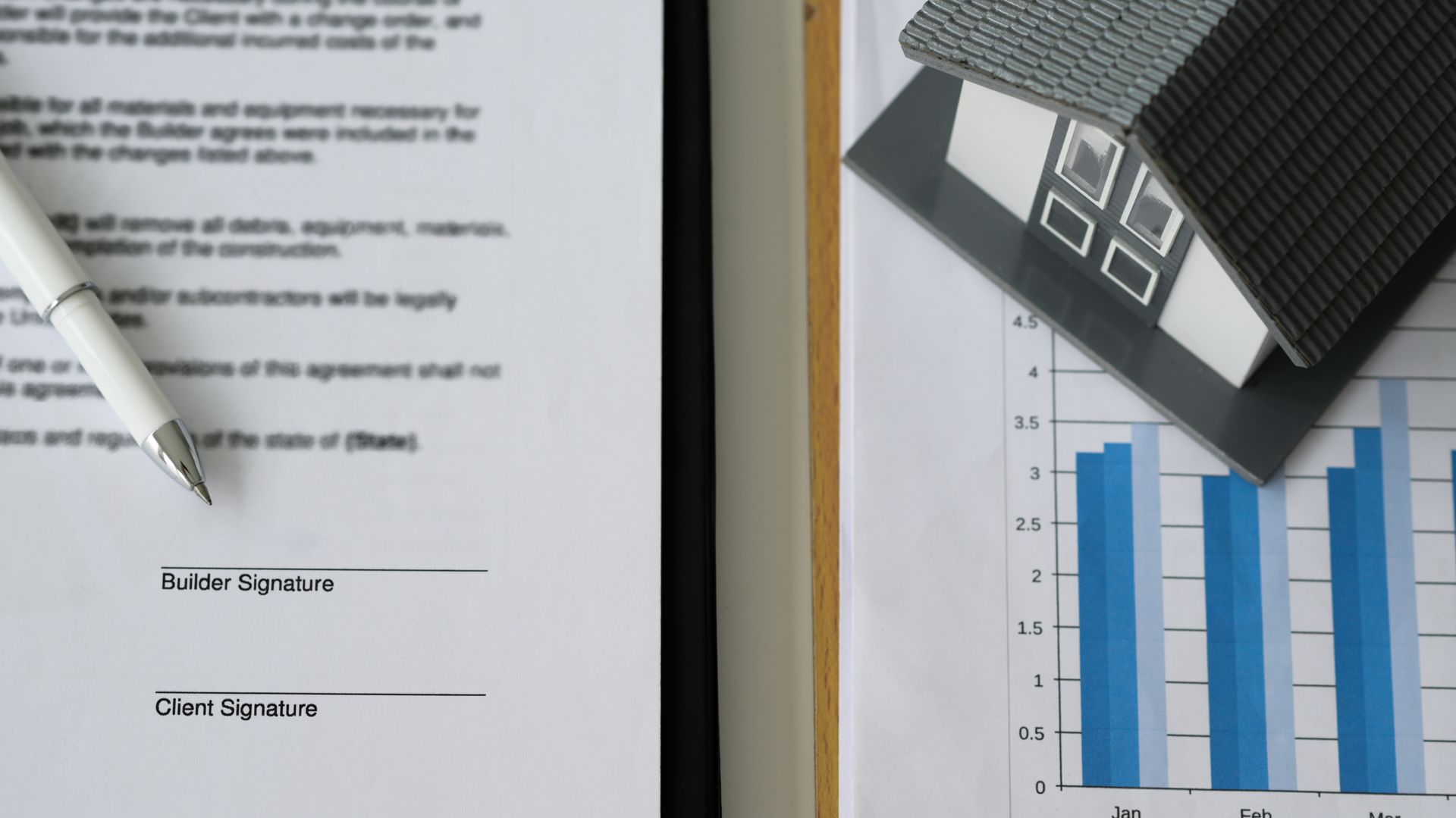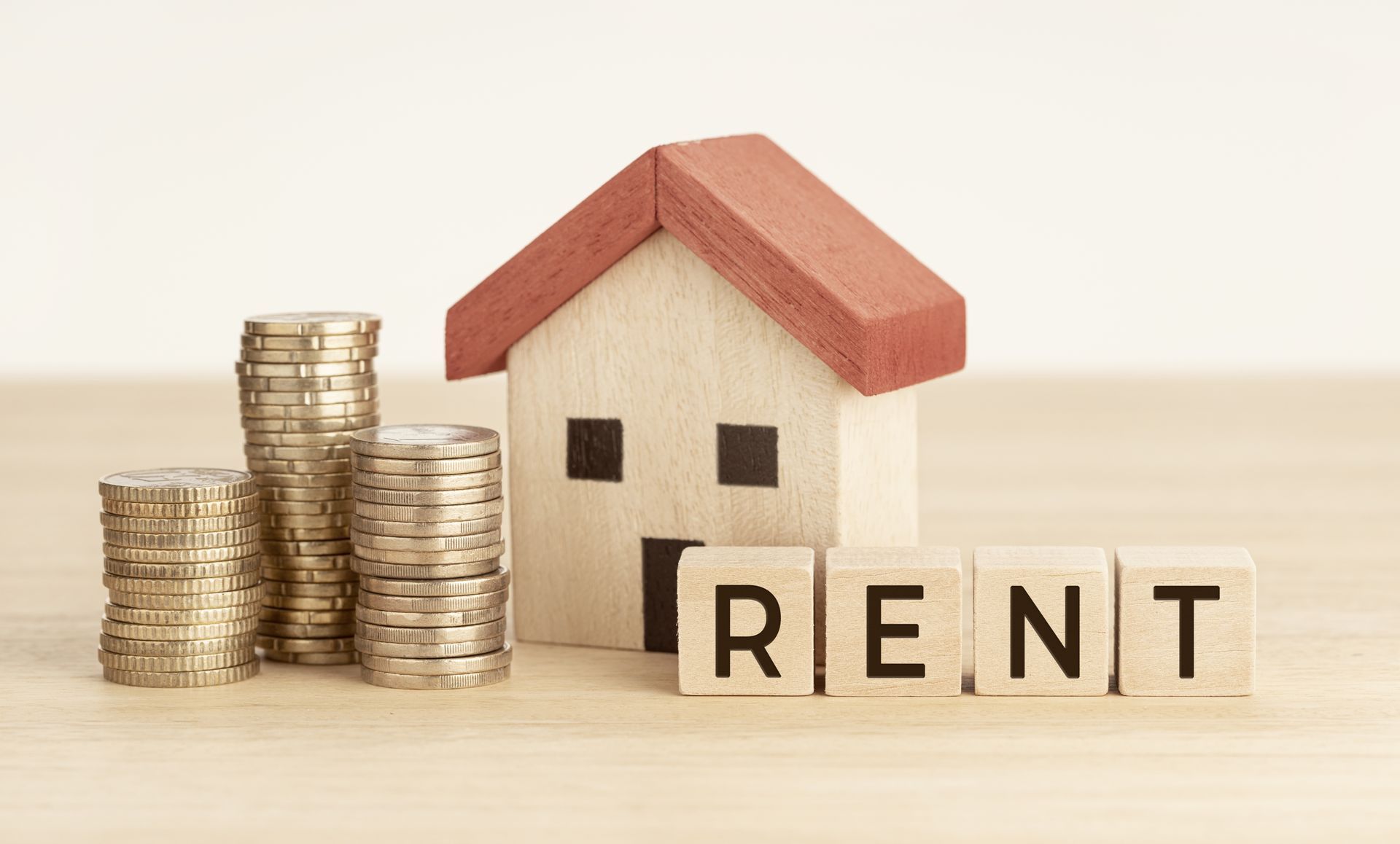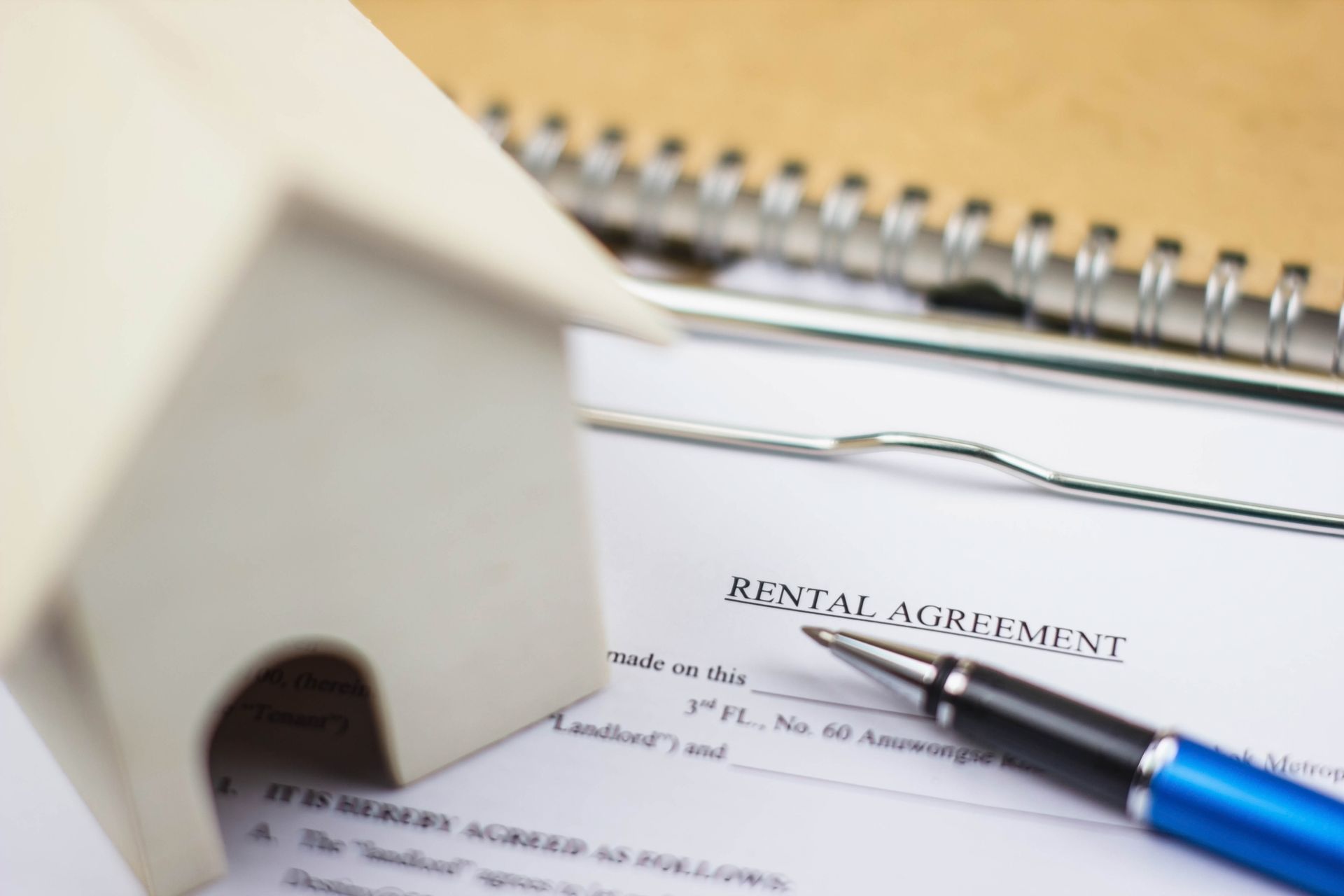Why Clear Tenant Communication Is One of the Most Valuable Landlord Skills
When people think of being a landlord, they often focus on the physical parts of the job, the lease, the property itself, maintenance, repairs.
But one of the most overlooked keys to long-term success in rental property management is something less tangible: tenant communication.
How you interact with your tenants day-to-day can be the difference between a smooth, stress-free experience and one filled with tension and costly turnover.
Whether you're a seasoned property manager or a self-managing landlord in California, effective tenant communication is one of the smartest investments you can make in your operations.
Let’s break down what it actually means to foster strong tenant relationships, and how to do it in a way that’s professional, respectful, and efficient.
Set Clear Expectations From the Start
The best time to get aligned with your tenant is right at move-in, when you’re signing the lease and handing over the keys.This is your golden opportunity to walk through critical expectations face-to-face.
Don’t just assume tenants have read and understood every line of the lease. Instead, go over the most important things like how and when rent is due, how to report maintenance issues (especially emergencies), who to contact, and your preferred method of communication: email, portal, phone, etc.
Establishing this shared understanding from the start prevents confusion and cuts down on future frustration for both sides.
Stay Friendly, But Always Professional
Having a warm, cordial relationship with your tenants is great, but it’s essential to keep it professional. One common mistake self-managing landlords make is becoming too informal.
If you rely solely on casual texts or phone calls for important matters like rent agreements or repair approvals, things can get messy fast.
Always document key communications. If you chat with a tenant over the phone or text, follow up with a quick email summarizing the conversation.
That written record protects everyone if memories differ down the line, and it keeps your process consistent and transparent.
Respond Promptly (Even If the Fix Takes Time)
Tenants want to feel heard, especially when something isn’t working. Even if you can’t fix the issue immediately, a simple acknowledgment like, “Got your message, here’s what we’re doing,” goes a long way.
It shows that you’re on it and gives them confidence that things are moving in the right direction. As a best practice, aim to respond within 24–48 business hours for non-urgent issues, and faster when it’s more serious.
Use Tools That Create Transparency
Communication should be easy for you and your tenants, but it also needs to be trackable. That’s where technology can really help.
While phone calls and texts are convenient, they don’t leave a reliable paper trail. Emails are better, but online tenant portals are ideal.
These platforms allow tenants to pay rent, submit maintenance requests, and message you, all in one place, with time-stamped records.
Portals not only improve your efficiency, they also create documented proof of everything, which can be incredibly helpful in the event of a dispute.
Maintain Reasonable Boundaries
Professionalism includes knowing when to say “not right now.” You’re not available 24/7 unless there’s a true emergency. Make sure your lease outlines acceptable hours for non-urgent communication, and then stick to those boundaries.
Setting those expectations from day one ensures your tenants respect your time, and you avoid burnout, a common issue among self-managing landlords.
Final Thoughts: Be Proactive, Be Clear, Be Consistent
Good landlord-tenant communication doesn’t have to be complicated, but it does need to be intentional.
When you set expectations clearly, keep your interactions professional, respond promptly, and use the right tools, you not only build trust, you reduce turnover, improve tenant retention, and create a smoother property management experience overall.
Want to go deeper? Our FREE Essential Guide to Rental Property Success dives into communication strategies and tenant relations in Chapter 10, providing real-world tools and templates to help you stay organized and professional.
